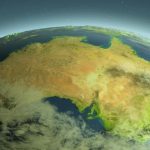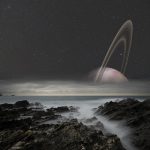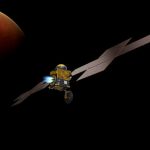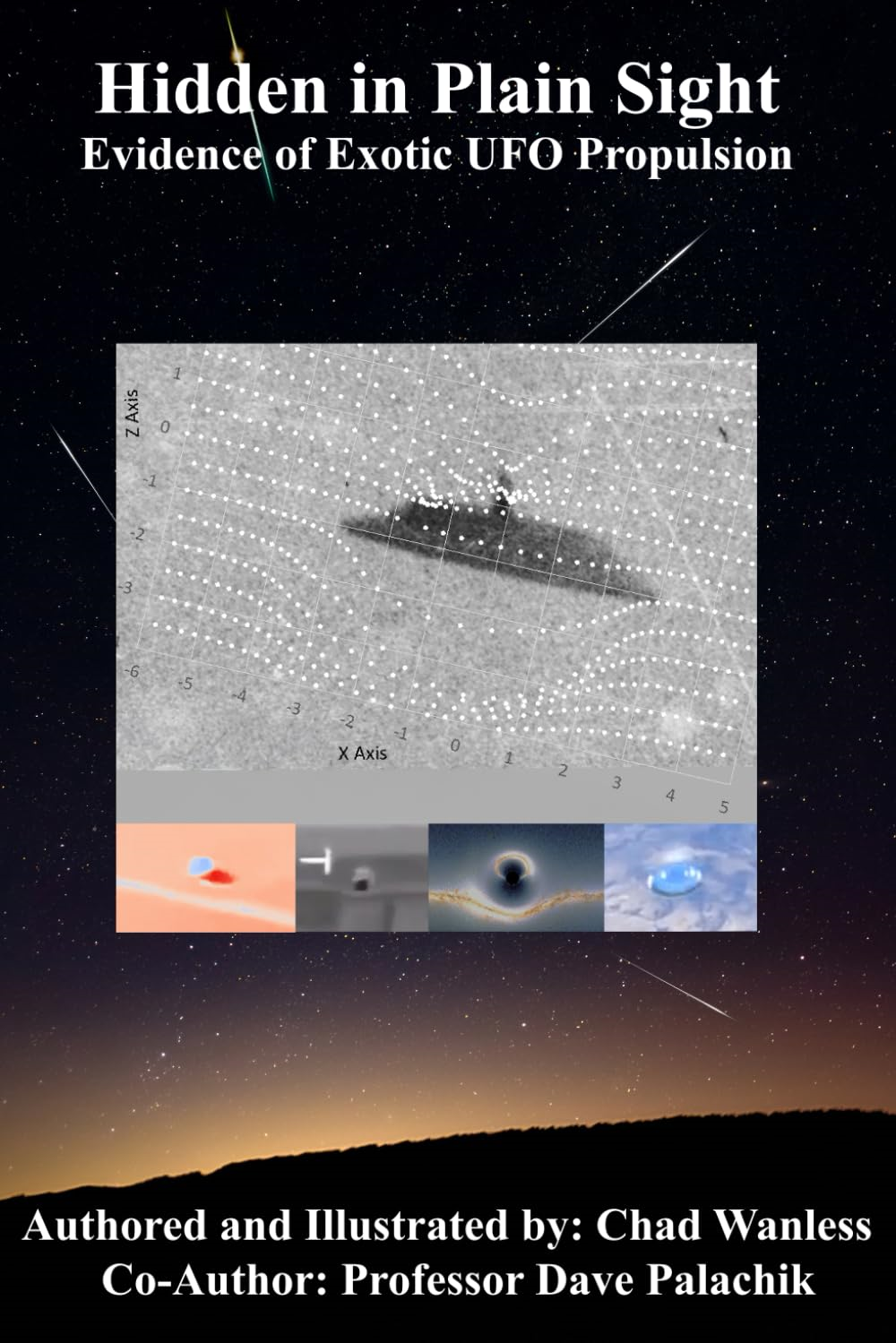Astronomers Warn About Possible Lethal Meteor Shower in June0
- From Around the Web, Space
- June 7, 2019
Astronomers recently speculated that the Beta Taurids meteor shower that’s expected to happen this month could lead to catastrophic and fatal events on Earth. They theorized that the same event that caused the Tunguska disaster in 1908 might happen again soon.















